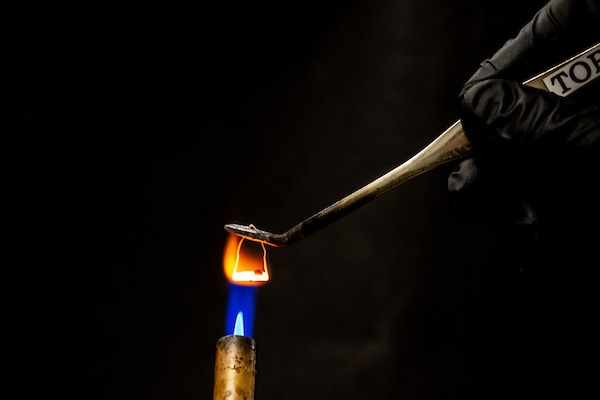
RoHS Testing
Nearly all industries must consider flame retardants in their formulations.
These compounds are added to a wide variety of products and materials to prevent or slow the spread of fire. Flame retardants have an important role within the electronics, textile, furniture, construction, and consumer goods industries. There are a wide variety of chemicals used for flame retardants, and we can customize our approach to your specific situation and material. If you aren’t sure what type of chemical is present, we offer screening methods to narrow the possibilities before offering a more targeted method to identify the unknown.
Analysis of Flame Retardants
Flame retardant analysis is particularly challenging to an analytical laboratory. The variety of materials that are used can make identifying an unknown flame retardant a dauting task. With our expertise, we can quickly narrow the possibilities and offer a targeted and efficient approach. We have experience with the following, but are not limited to just these compounds.
- Organophosphorus
- Polybrominated Diphenyl Ethers
- Polybrominated Biphenyls
- Antimony Oxides
- Halogenated Polymers and Monomers
- Nitrogen Generating Compounds
- Aluminum Compounds
- Boron Compounds

Analytical Approach & Sample Considerations
We break down the complexity of the testing by staging the analysis.
- Stage 1 – Perform initial screening testing methods to determine the elemental composition and thermal decomposition temperature. This allows us to narrow down the potential categories and approach the next step of testing in a focused manner.
- Stage 2 – Identification of specific compounds based on Stage 1 results.
- Stage 3 – Quantitation of flame retardants using calibration standards of the compounds identified in Stage 2.
At least 10 grams of material is required. However the amount can vary depending on the concentration of the compounds and desired detection limit.
Contact and expert to discuss sample considerations specific to your testing needs.
Experience
This general outline of test methods has been developed over many years of testing experience. Often testing will deviate from the above outline based on what is found in each stage of testing. It should also be noted that full quantitation may not be possible for some flame retardants due to their nature (melamine based polymers, for example). However, it should be possible to provide quantitative or semiquantitative results for most additives.
